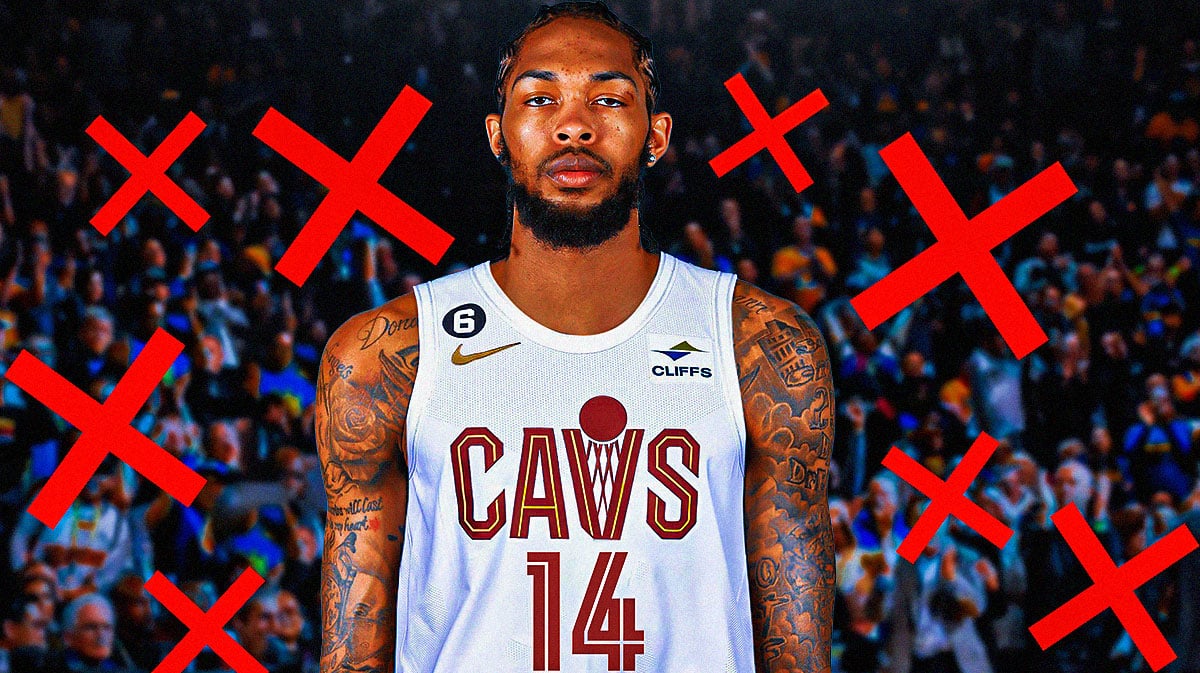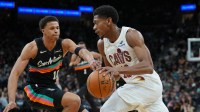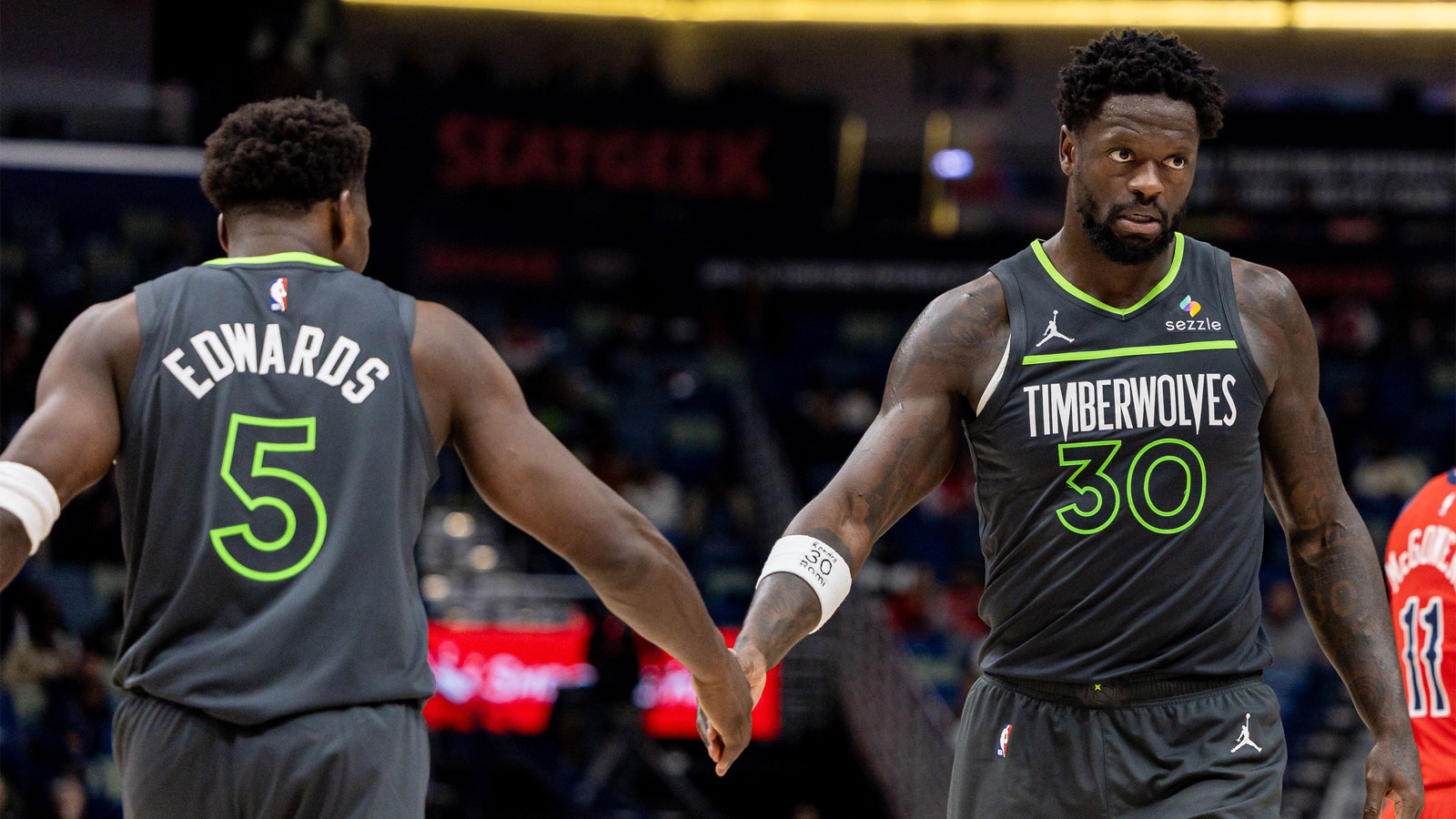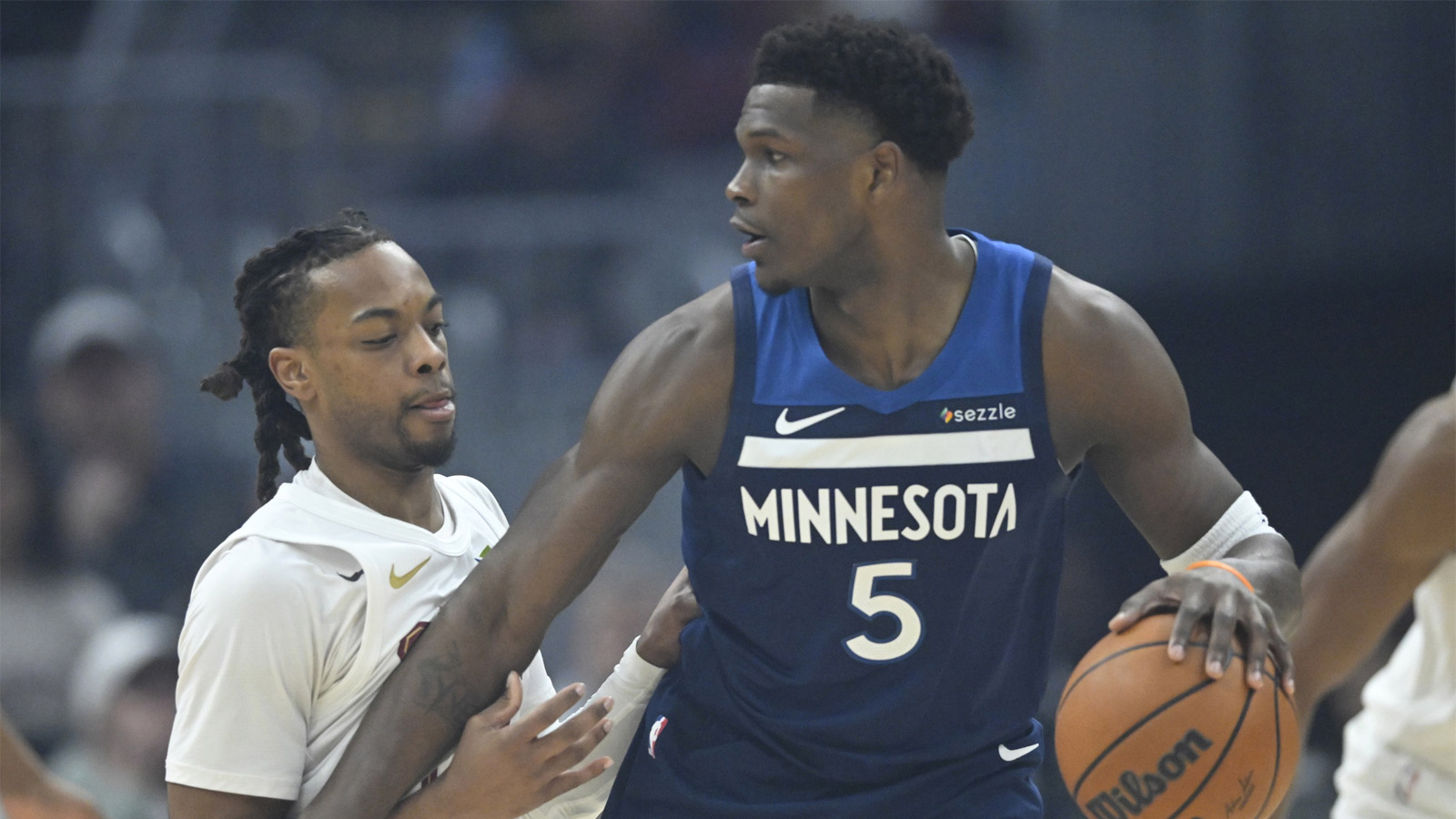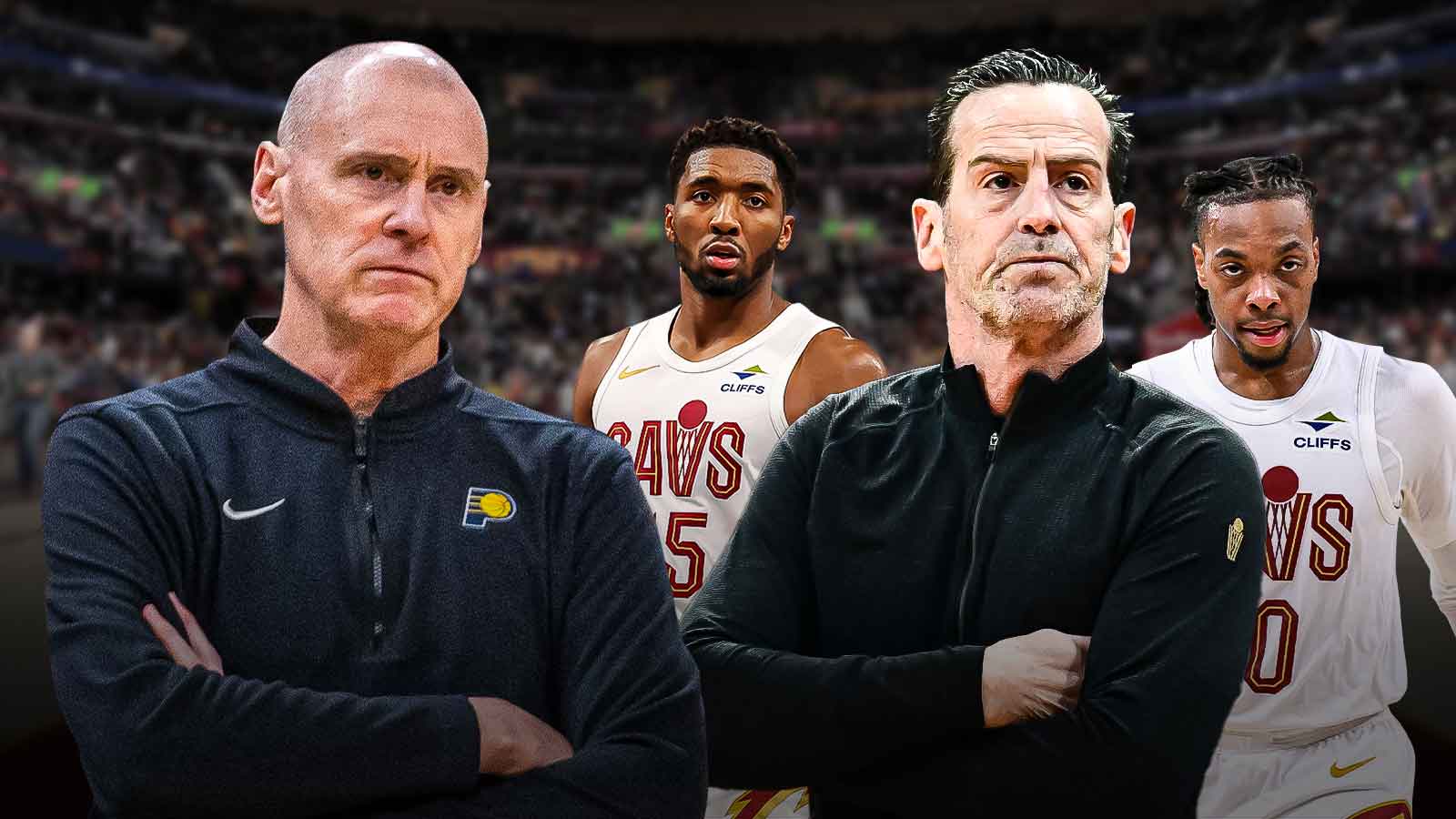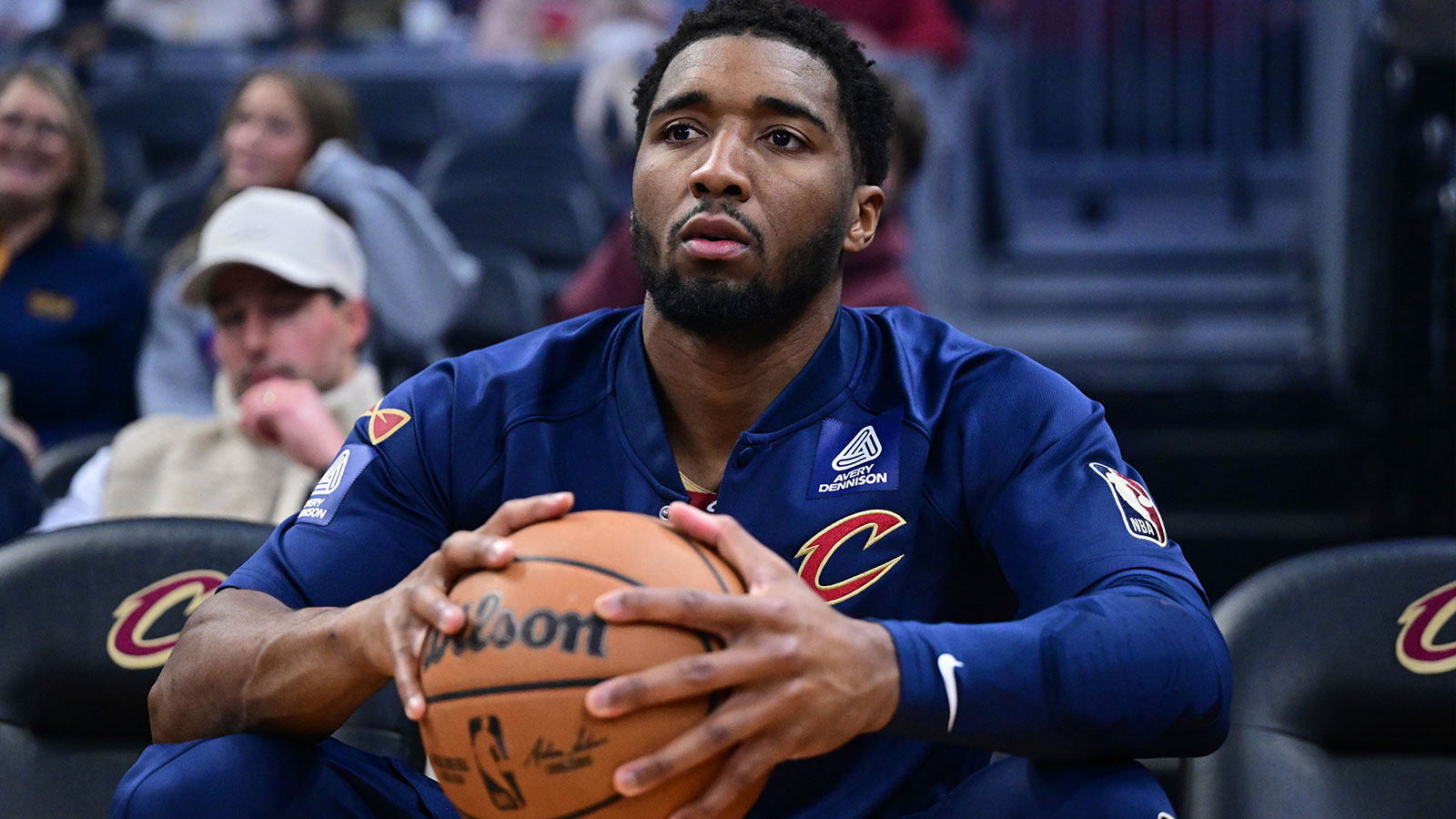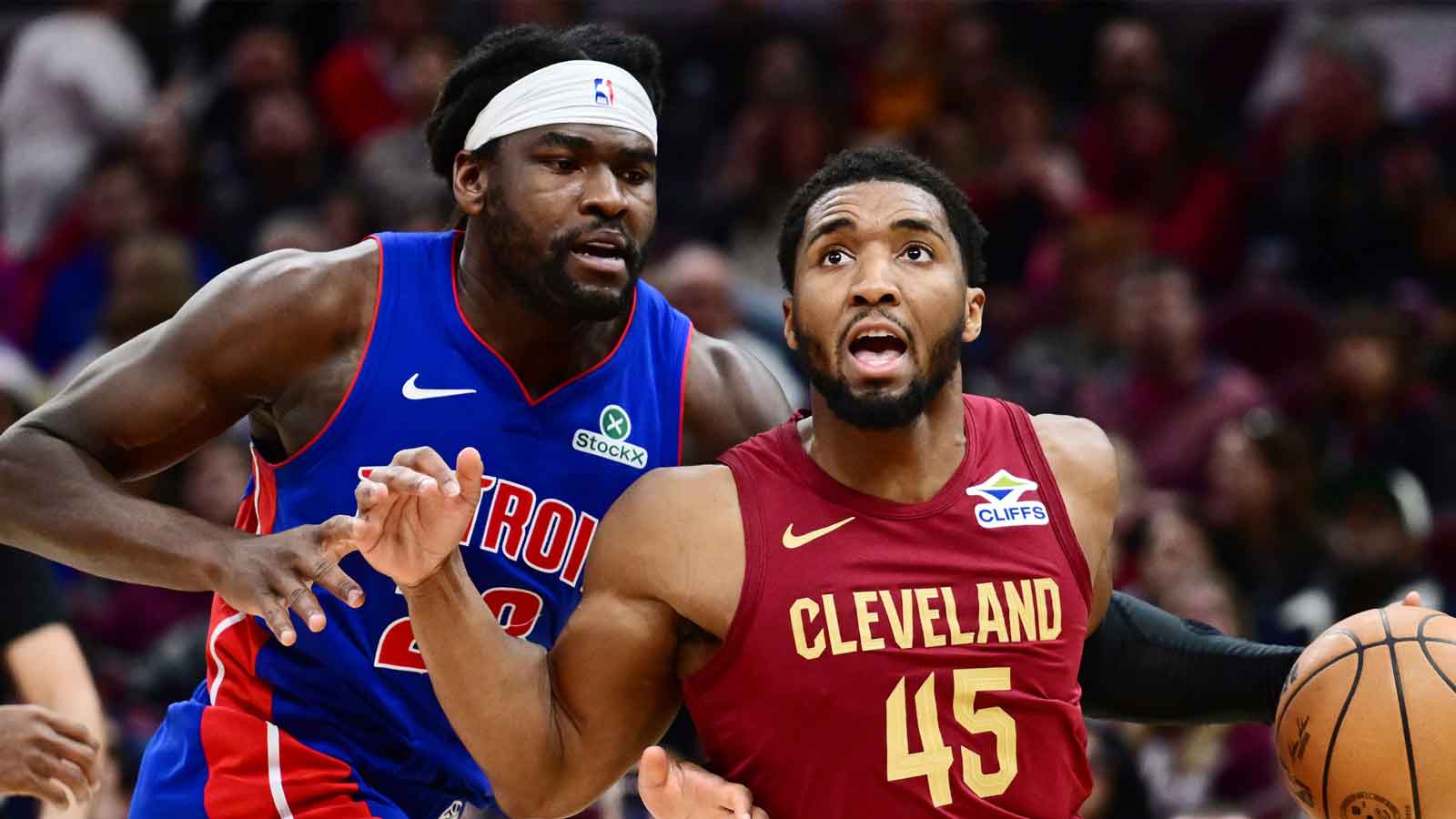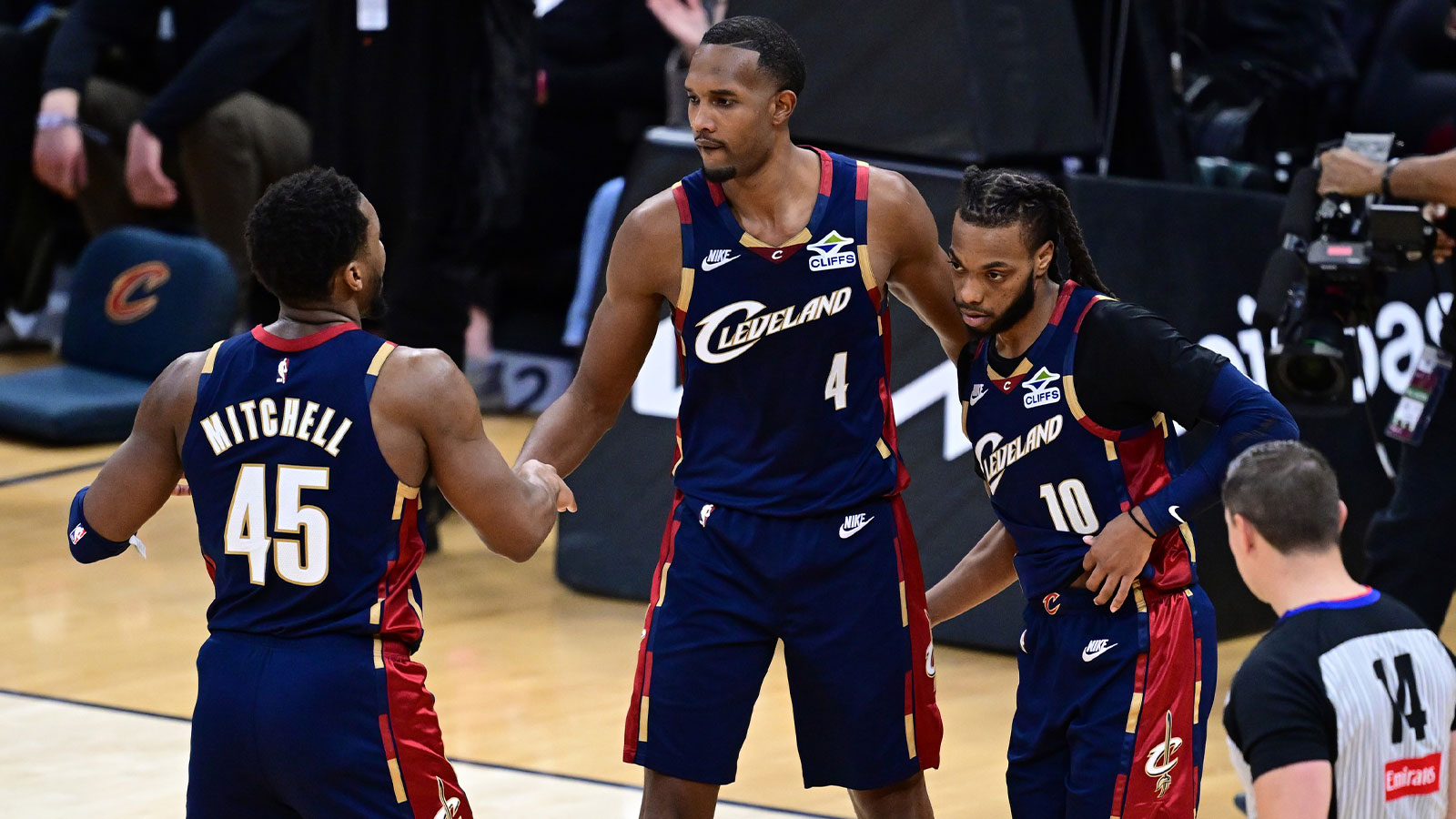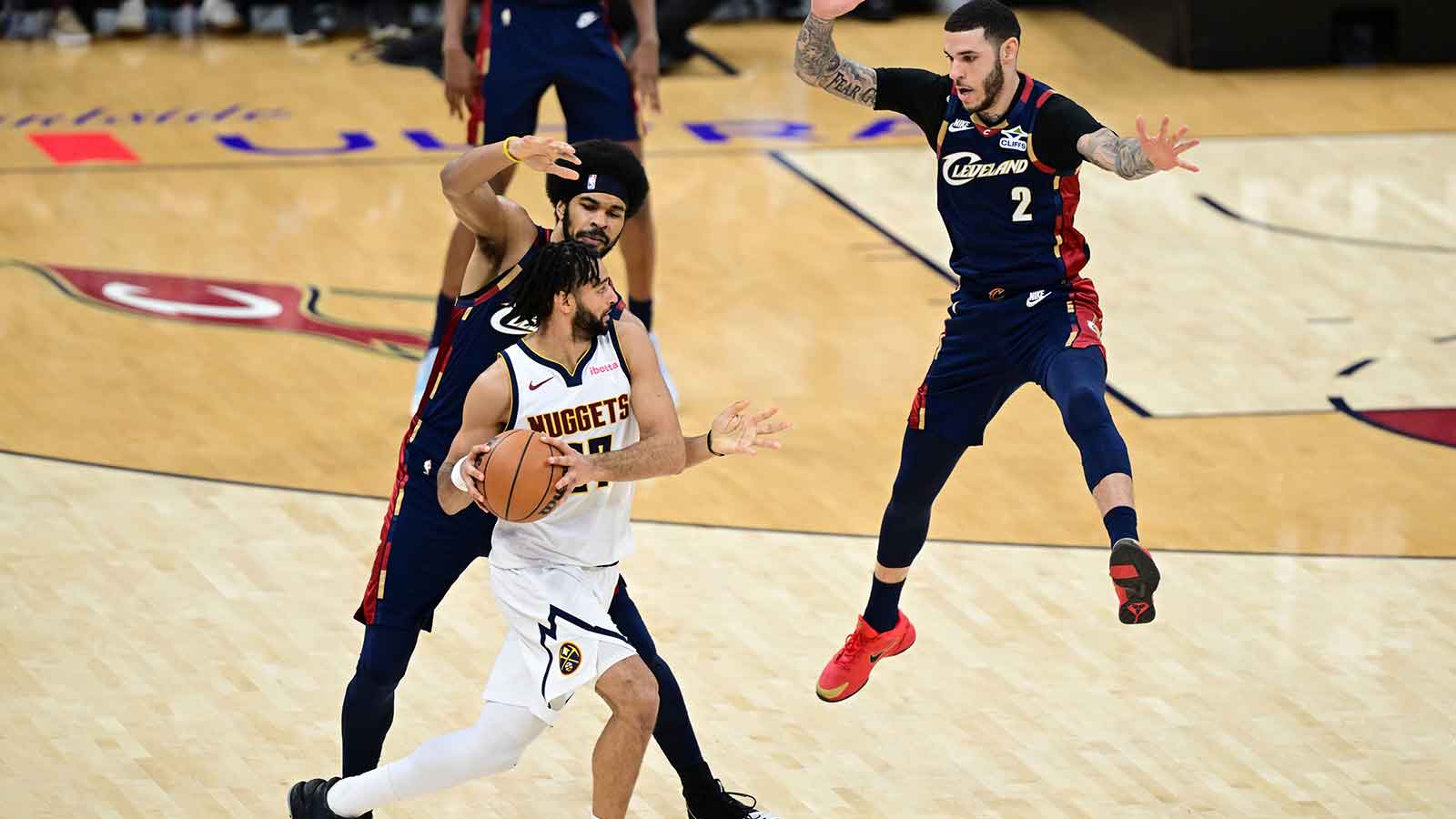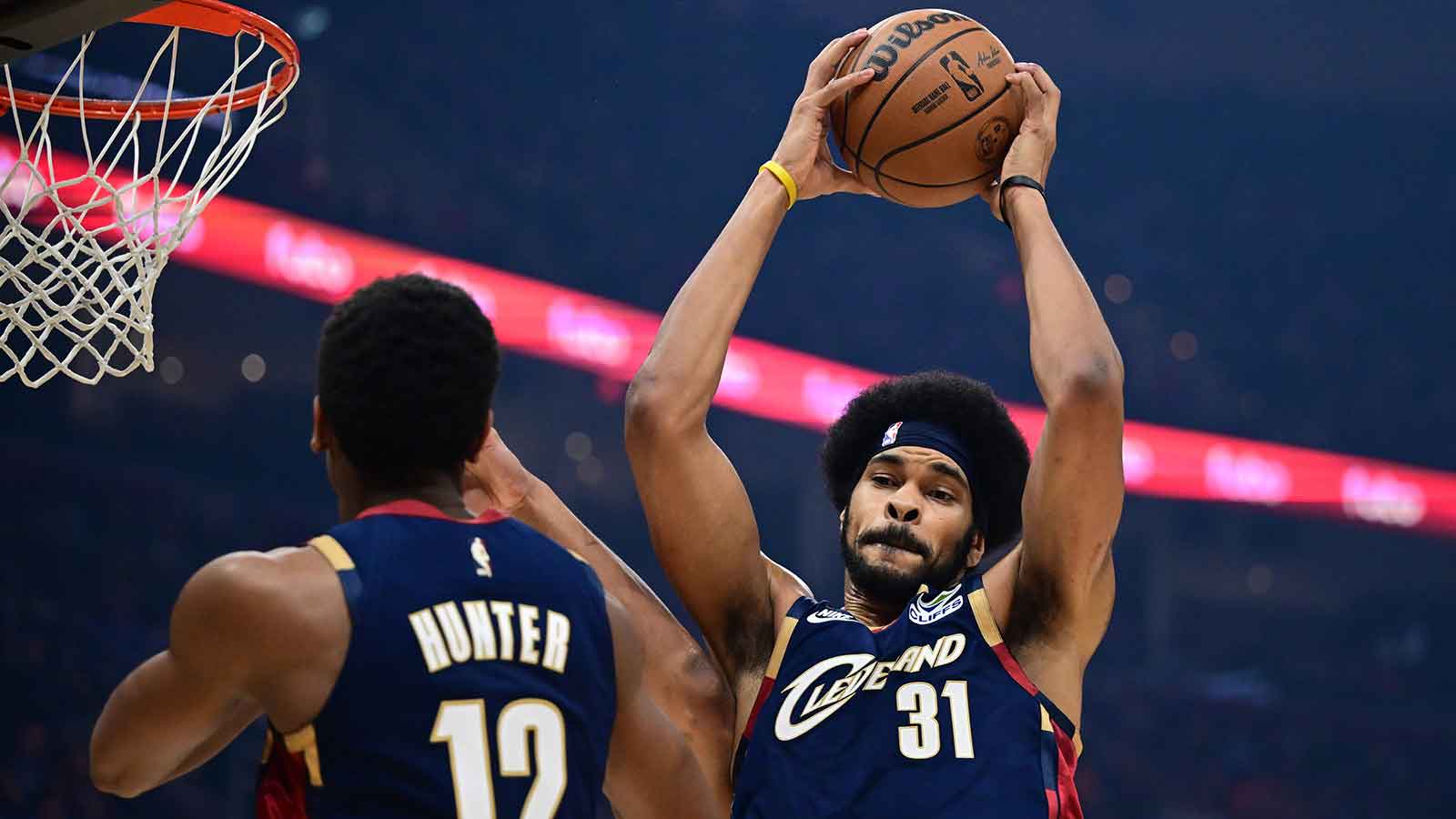Although the Cleveland Cavaliers have made it fairly clear they don't plan on breaking up their star-studded quartet of Darius Garland, Donovan Mitchell, Jarrett Allen, and Evan Mobley, that hasn't stopped outside speculation from ramping up.
The latest player that has been linked to the Cavs is New Orleans Pelicans forward Brandon Ingram, who is expected to be moved this offseason. Reports have expressed that New Orleans is viewing forward Trey Murphy III as the team's small forward of the future, leaving Ingram, the last standing piece from the Anthony Davis trade, the odd man out.
When considering some of his attributes, Ingram checks all the boxes regarding Cleveland's roster needs. He's a taller, lankier wing who is capable of playing either forward position if needed, which is something the Cavs haven't truly had since LeBron James left in 2018. Ingram is also a former All-Star, matching what Cleveland would want in return for any of their already existing talent. He's also only 26, fitting perfectly into the Cavs' contending timeline.
Unfortunately, the idea of Ingram playing for Cleveland will always seem better than the reality of the situation. Trading for Ingram won't fix the Cavs' issues on the wing. In fact, it'll only make things a lot more cluttered all over the floor.
Why Cleveland shouldn't trade for Brandon Ingram
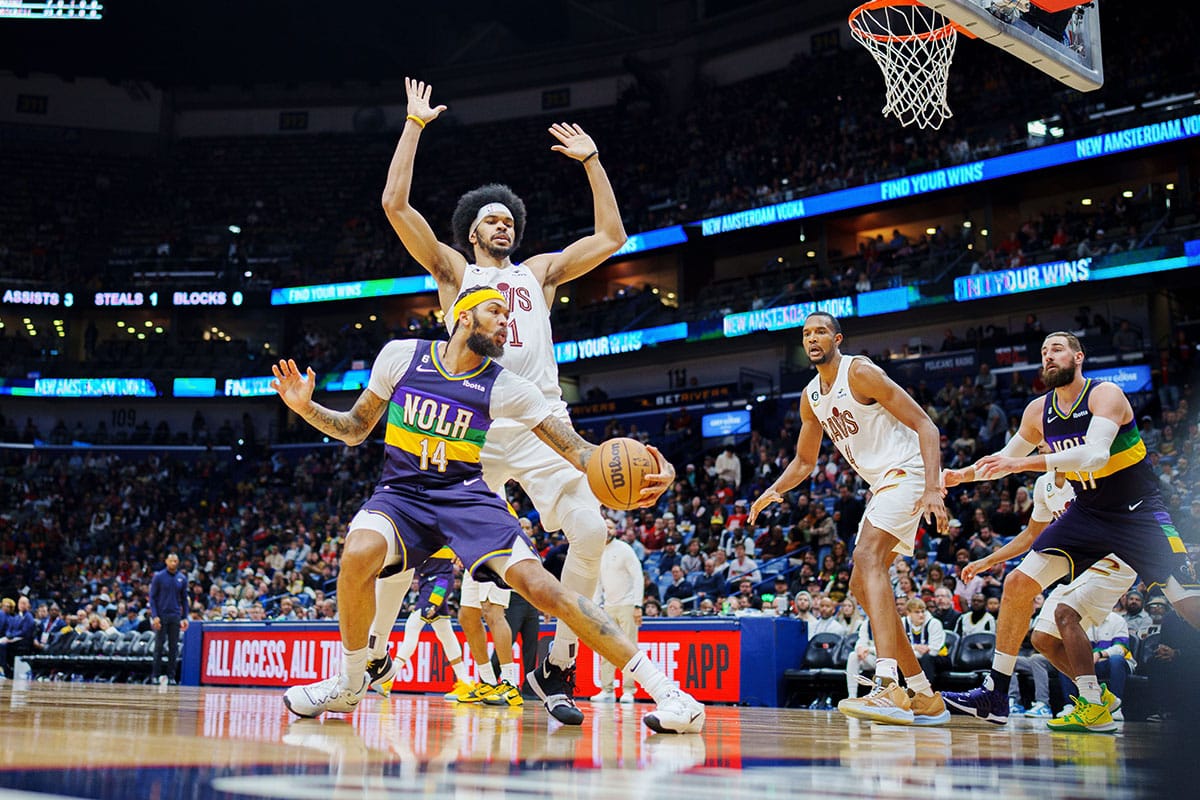
When looking at a team as top-heavy as the Cavs, one thing becomes clear: Lineups composed of players who work well together are better than ones merely stacked with pure talent. The ideal outcome is to create lineups with both cohesion and talent. If Cleveland were to send out Allen, a player New Orleans has wanted for quite a while, things would be incredibly messy with Garland, Mitchell and Mobley still wearing wine and gold.
Like Mitchell and Garland, Ingram needs the ball in his hands to be effective on the floor. Sure, the ability to make Ingram fit with whatever team the Cavs construct for next season falls on the shoulders of the team's next coaching staff. However, coaching and scheming cannot fix how Ingram functions as a player, which is antithetical to how Cleveland works best on offense.
Ingram struggles to stretch opposing defenses whenever the ball isn't in his hands, which is suboptimal when the Cavs need shooting from the wing to compliment Mitchell, Garland, and Mobley. While he’s done a lot to improve his three-point efficiency, Ingram's shooting release is still slow, which makes it hard for him to loft a high volume of triples. As a general rule, three-point volume is more important than three-point efficiency when it comes to perimeter spacing.
Granted, shooting isn’t the only way to be a useful off-ball player. Off-ball players can provide value by attacking the angles they create by forcing opposing defenses to shift when playing next to dominant forces on the interior like Mitchell or Mobley. Unfortunately, Ingram isn’t really good at that, either. For the most part, he’s a very methodical player who needs multiple dribbles to flow into his spots. So, instead of taking advantage of the angles Mitchell or Mobley could create, Ingram would allow opposing defenses to correct, muddying up a team brimming with offensive potential.
With all that in mind, Cleveland should and likely will cool on the prospect of acquiring Ingram if New Orleans ever comes calling with a trade offer. In a perfect world, a package centered around Trey Murphy III and Herb Jones Jr. would be the ideal return for either Allen or Garland for the Cavs. But Cleveland getting both seems unrealistic, so a trade between the Cavs and the Pelicans almost feels like reckless speculation and nothing more.

